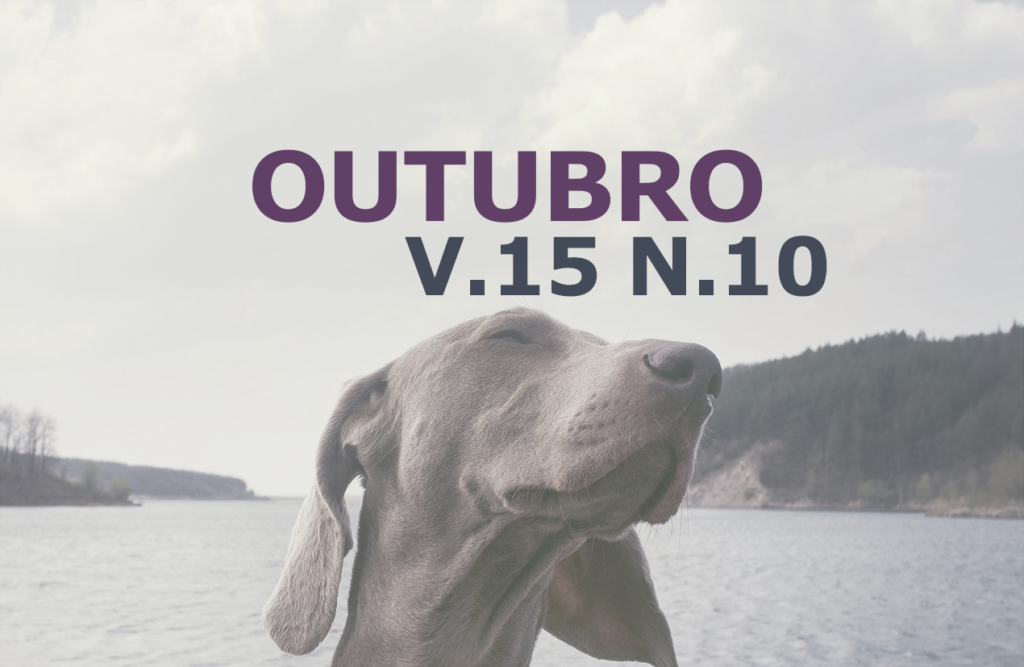In situ and in vitro methods used to evaluate food and diets of ruminants
DOI:
https://doi.org/10.31533/pubvet.v15n10a938.1-15Keywords:
Rumen fermentation, gas production, digestibilityAbstract
In ruminant production systems, feeding can account for 60 to 70% of the costs of the activity, thus, the nutritional assessment of food and the formulation of balanced diets that meet the requirements of animals represent an important challenge in livestock production. Several methods have been used to evaluate the modulation of rumen fermentation and to estimate the degradation characteristics of food and diets intended for feeding ruminants. These methods involve measuring the disappearance of the substrate during incubation in the rumen (in situ), in the buffered rumen liquid (in vitro) and are mainly endpoint measurements. In addition, it is possible to evaluate the degradation kinetics by measuring the differences in residues at different incubation times. The assessment of the nutritional value of foods and diets is also possible through the use of techniques that measure gas production. These techniques measure the appearance of rumen fermentation products, such as carbon dioxide (CO2) and methane (CH4) gases, short-chain fatty acids, ammonia and microbial biomass. The aim of this review was to describe the main in situ and in vitro methods used to evaluate food for ruminants.
Downloads
Published
Issue
Section
License
Copyright (c) 2021 Juraci Marcos Alves Suassuna, Ariosvaldo Nunes de Medeiros, Beatriz Dantas Oliveira Fernandes, Daniel Ribeiro Menezes, Alberício Pereira de Andrade, Marcelo de Oliveira Alves Rufino

This work is licensed under a Creative Commons Attribution 4.0 International License.
Você tem o direito de:
Compartilhar — copiar e redistribuir o material em qualquer suporte ou formato
Adaptar — remixar, transformar, e criar a partir do material para qualquer fim, mesmo que comercial.
O licenciante não pode revogar estes direitos desde que você respeite os termos da licença. De acordo com os termos seguintes:
Atribuição
— Você deve dar o crédito apropriado, prover um link para a licença e indicar se mudanças foram feitas. Você deve fazê-lo em qualquer circunstância razoável, mas de nenhuma maneira que sugira que o licenciante apoia você ou o seu uso. Sem restrições adicionais
— Você não pode aplicar termos jurídicos ou medidas de caráter tecnológico que restrinjam legalmente outros de fazerem algo que a licença permita.





